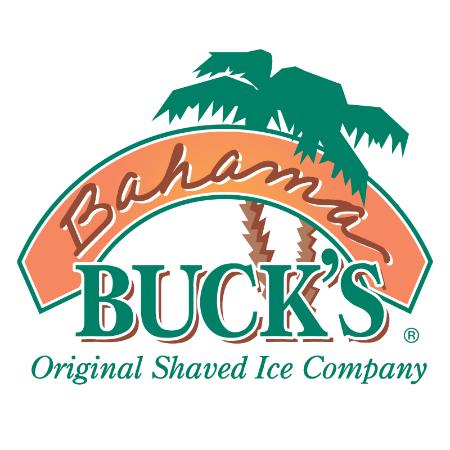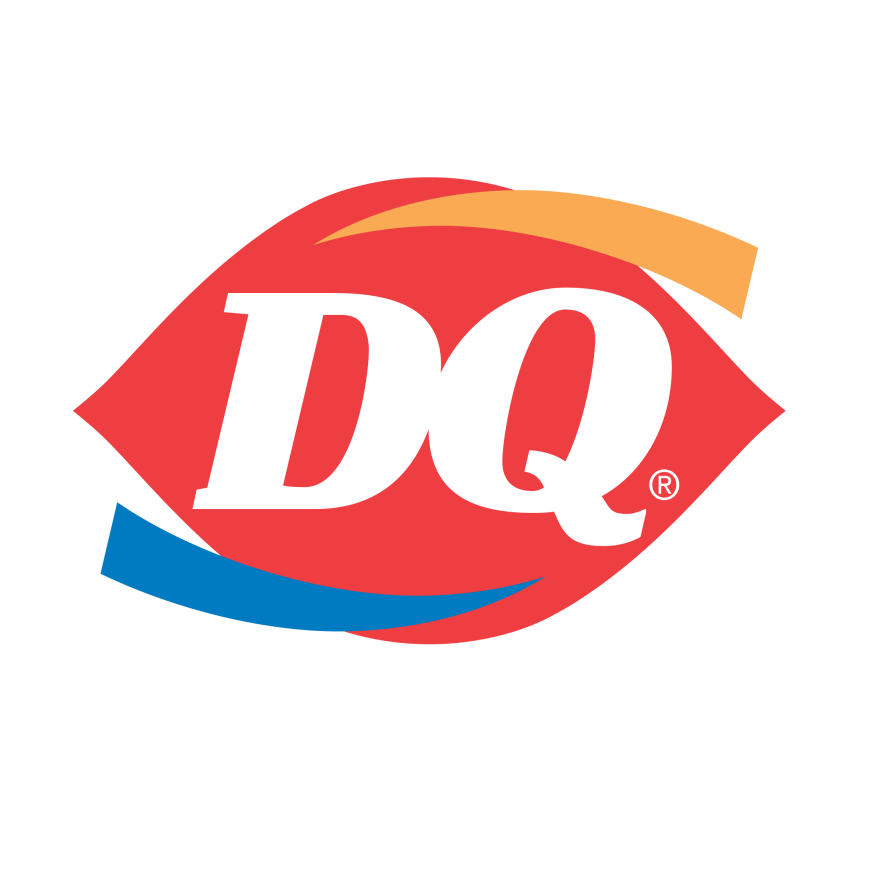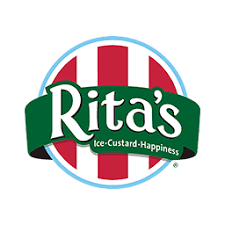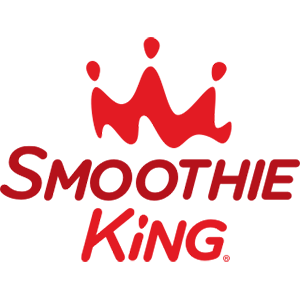Bahama Buck’s Franchise in 2025: Costs, Fee & FDD
Looking to invest in a top-performing dessert franchise opportunity? Discover why Bahama Buck’s stands out with its tropical-inspired treats, proven growth, and strong franchise support. Learn about startup costs, potential earnings, and key operational insights.

Table of Contents:
Bahama Buck’s is a leading dessert franchise founded in 1990 by Blake Buchanan in Lubbock, Texas. It started as a small shaved ice stand during Buchanan’s college years and quickly expanded due to the growing popularity of its tropical-inspired frozen treats. Bahama Buck’s stands out in the dessert industry by offering a unique and laid-back island vibe, which has attracted a dedicated following. The brand’s focus on delivering a fun, tropical experience has allowed it to carve out a niche in the highly competitive dessert and frozen treat market.
At the core of Bahama Buck’s offerings are its signature shaved ice creations, available in over 90 flavors. Customers can enjoy endless combinations, from classic flavors to more exotic blends, like the fan-favorite “Bahama Colada.” In addition to shaved ice, they serve smoothies, acai bowls, and other tropical beverages, appealing to a wide audience that craves refreshing, customizable desserts. Their target market ranges from children and families looking for a sweet treat to adults seeking a cool escape on a hot day, making it a versatile and well-rounded option for franchisees.
Currently, Bahama Buck’s has grown into a robust franchise network with over 100 locations spread across the U.S. The franchise’s expansion is focused primarily on warm-weather states like Texas, California, and Arizona, where their tropical theme and refreshing products resonate with the local climate. On any given day, Bahama Buck’s serves thousands of customers who are drawn to the brand’s festive atmosphere and island-inspired menu.
For franchisees, Bahama Buck’s offers comprehensive support, including training programs that cover every aspect of business operations, from store setup to marketing strategies. New franchisees undergo a detailed training process that helps them master the products, customer service, and operational efficiency. The franchise is known for its collaborative community, ongoing support, and strong brand identity, making it a great option for entrepreneurs looking to tap into the booming frozen dessert industry.
Bahama Buck’s Franchise Insights
- Bahama Buck’s has 106 total U.S. locations, with 102 of them being franchised and 4 corporate-owned, demonstrating its strong franchise model.
- The initial investment required to open a Bahama Buck’s franchise ranges from $309,000 to $966,000, depending on location and size, making it a relatively flexible option for different types of investors.
- Bahama Buck’s serves more than 2 million shaved ice treats annually, making it a leader in the specialty frozen dessert space.
- Founded in 1992, Bahama Buck’s has been offering franchise opportunities since 1993, showing its long-standing success and experience in the industry.
- Their menu features over 90 flavors of shaved ice, creating a customizable and diverse product offering that appeals to a wide demographic.
Bahama Buck’s Franchise Key indicators
Growth YOY (%)
1%
vs industry 0%
Total U.S. Franchised Units
102
3-Year Failure Rate
6%
vs industry 10%
Sales-to-Investment ratio
0.8:1
How much does it cost to open a Bahama Buck’s franchise?
Understanding the potential investment size and capital requirements is crucial when considering opening a Bahama Buck’s franchise. These financial commitments, including initial franchise fees, equipment costs, and ongoing operational expenses, impact the feasibility and profitability of the venture. Thoroughly evaluating these factors ensures that potential franchisees are prepared for the financial responsibilities and can make informed decisions about their ability to sustain and grow the business, ultimately contributing to long-term success.
Min & Max Investment
Opening a Bahama Buck’s franchise involves several key costs, which are outlined in Item 7 of the Franchise Disclosure Document (FDD). You can see a breakdown of the costs to open a Bahama Buck’s below from the most recent Item 7 below:
| Type of Expenditure | Minimum Investment | Maximum Investment |
|---|---|---|
| Initial Franchise Fee | $34,500 | $34,500 |
| Multi-Store Amendment (MSA) Development Fee (2nd location) | $0 | $17,250 |
| Multi-Store Amendment (MSA) Development Fee (3rd location) | $0 | $17,250 |
| Travel | $0 | $2,000 |
| Living Expenses While Training | $0 | $1,500 |
| Rent | $2,000 | $14,000 |
| Build-out of leased space or costs for a free-standing building | $120,000 | $613,088 |
| Provisional Architect Review Fee | $0 | $2,500 |
| Signage & Decor | $22,000 | $48,000 |
| Cash Registers & Related Equipment | $4,150 | $13,200 |
| Equipment | $90,000 | $121,000 |
| Inventory | $13,500 | $13,500 |
| Office Supplies | $50 | $50 |
| Utility Deposits | $500 | $1,000 |
| Insurance | $1,000 | $2,000 |
| Professional Services | $10,000 | $30,000 |
| Licenses & Permits | $500 | $1,000 |
| Advertising | $500 | $1,500 |
| Additional Operating Funds (3 months) | $10,000 | $33,000 |
| Total | $308,700 | $966,338 |
Item 7 in the Franchise Disclosure Document (FDD) is the “Estimated Initial Investment” section. It outlines the total costs a franchisee can expect to incur when starting a franchise, including the initial franchise fee, equipment, inventory, real estate, and other startup expenses. This section is crucial because it provides potential franchisees with a detailed understanding of the financial commitment required, helping them assess affordability and plan their investment strategy effectively.
Required Capital
To open a Bahama Buck’s franchise, the required capital involves both the initial investment costs and a net worth requirement set by Bahama Buck’s. Let’s take a closer look below:
- Initial Investment The total estimated investment for Bahama Buck’s is between $309,000 and $966,000, which covers everything from the franchise fee to store construction, equipment, and initial inventory. Assuming that you will finance your franchise investment, you should plan to have 20% of the total investment amount in the form of equity (cash) for the investment.
- Liquid Assets Requirement Although the exact liquid capital requirement is not provided, for similar franchises in the frozen dessert space, it’s typical to require around $100,000 to $150,000 in liquid assets. This ensures that the franchisee has enough cash on hand to cover operational costs during the initial months of operation when the store is ramping up.
- Net Worth Requirement The minimum required net worth for Bahama Buck’s is not specified, but based on industry standards, a safe estimate would be around $400,000 to $600,000. This ensures the franchisee has enough financial stability to maintain the business over the long term.
How much does a Bahama Buck’s franchise owner make?
Calculating the salary of a Bahama Buck’s franchise owner involves analyzing gross sales to determine total revenue, assessing operational efficiency to understand profit margins, and accounting for franchisor fees and additional expenses such as rent, utilities, and payroll. Effective management of these factors can significantly impact the profitability and financial success of a Bahama Buck’s franchise owner. This comprehensive financial analysis helps estimate net profits, from which the owner’s salary can be derived. A clear understanding of these factors ensures accurate salary projections and financial planning for sustainable business operations.
Bahama Buck’s Revenue & Gross Sales
Bahama Buck’s does not publicly provide specific median gross sales figures recently, but based on franchise performance in the frozen dessert industry, the brand has shown steady growth. With over 100 locations across the U.S., its business model focuses on high-traffic areas in warmer climates, which helps drive consistent customer demand, especially during peak seasons. Franchisees generally benefit from a solid repeat customer base due to the wide variety of products and customizable options, contributing to positive financial performance across its locations. For specific figures, it’s recommended to review the Franchise Disclosure Document (FDD).
Which key factors impact the average revenue performance of Bahama Buck’s franchisees?
Several factors likely contributed to Bahama Buck’s U.S. franchisee median gross sales performance in the past year. First, the brand’s tropical, frozen dessert offerings make it particularly popular in warmer climates, and regions like Texas and California experienced favorable weather patterns, supporting increased foot traffic. Additionally, the post-pandemic resurgence in consumer spending for experiences and outdoor dining may have led to a rise in demand, as more customers returned to leisure activities. The brand’s ongoing focus on expanding its product lineup, including smoothies and acai bowls, likely broadened its appeal to health-conscious and diverse consumer bases. Furthermore, marketing initiatives, including digital promotions and local community involvement, likely helped drive both brand awareness and sales growth.
Bahama Buck’s Franchise Operational Costs
When operating a Bahama Buck’s franchise, the key ongoing operational costs you’ll need to consider are:
- Staffing Employee wages, including payroll taxes and benefits, will likely be one of your largest ongoing costs. Depending on your store’s size and location, labor costs can vary, but typically you’ll need a small team during peak hours.
- Inventory and Supplies Regularly replenishing ingredients like shaved ice flavorings, syrups, fruits, and other supplies for smoothies and acai bowls will be a consistent cost. Additionally, packaging materials (cups, straws, napkins) must be restocked.
- Utilities Running freezers, ice machines, blenders, and air conditioning in a dessert shop like Bahama Buck’s can lead to higher-than-average utility bills, especially in warmer climates.
- Lease and Rent Monthly rent for your store location will depend on your area and the size of your unit, with prime locations often demanding higher rents.
- Equipment Maintenance Keeping machines such as ice shavers, blenders, and coolers in working order requires regular maintenance and occasional repairs, which can add up over time.
- Marketing and Promotions While the national marketing fund is a separate fee, local marketing efforts such as events, promotions, and digital advertising will be an ongoing operational expense.
Careful planning and budgeting for these operational costs are crucial for the financial health and success of your Bahama Buck’s franchise.
Bahama Buck’s Franchise Fees
Bahama Buck’s requires their franchisees to pay the below fees:
- Royalty Fee 6% of gross sales, collected monthly or before the 15th of the month for sales in the prior month. This is a standard fee to cover the use of the brand, operational support, and continuous development.
- Advertising Fee 2% of gross sales, collected at the same time as the royalty fee. This supports national marketing campaigns and brand promotion.
- Additional Fees There might be other fees, such as technology, training, or administrative costs, that could arise depending on your specific franchise agreement and operational needs.
These ongoing fees are critical in maintaining the franchise’s operational standards and brand presence, ensuring both corporate and franchisee success.
Bahama Buck’s Franchise Earnings
Bahama Buck’s does not publicly disclose specific earnings based on median gross sales. However, as a franchise with over 100 locations, its performance appears steady, particularly in warmer states where frozen desserts are in high demand year-round. The franchise benefits from a loyal customer base and a flexible menu, which can drive repeat business and strong sales, especially during peak summer months.
Typically, franchisees in the frozen dessert industry can expect varying profit margins depending on location, overhead costs, and operational efficiency. Bahama Buck’s focus on customizable shaved ice, smoothies, and other tropical products offers multiple revenue streams, potentially increasing average ticket size.
How to Open a Bahama Buck’s Franchise
The process to become a Bahama Buck’s franchisee typically involves the following steps:
- Initial Inquiry You or your franchise specialist submits an initial inquiry basic information about your interest and background. You should also conduct thorough research on the franchise, including seeing all of the information available on the Vetted Biz franchise intelligence platform, including access to the most recent Franchise Disclosure Document (FDD).
- Preliminary Application and Financial Review After expressing interest, you’ll complete a franchise application, which includes a financial review to ensure you meet the minimum net worth and liquid capital requirements. This is also when Bahama Buck’s evaluates if you’re a good fit for their brand.
- Discovery Day Many franchises, including Bahama Buck’s, offer a Discovery Day. You’ll visit the company’s headquarters in Lubbock, Texas, meet the corporate team, tour facilities, and learn about the day-to-day operations. This is a key moment for both parties to assess fit.
- Franchise Agreement and Fees If both sides agree to move forward, you’ll sign the franchise agreement and pay the initial franchise fee (around $34,500). This officially secures your rights to open and operate a Bahama Buck’s location.
- Site Selection and Build-Out With the help of Bahama Buck’s real estate team, you’ll identify a suitable location. After securing a lease, you’ll begin the process of store construction, which includes purchasing equipment, designing the space, and acquiring necessary permits.
- Training As construction begins, you’ll attend a comprehensive training program that covers everything from operations to marketing. Training is held at the Bahama Buck’s headquarters, followed by on-site support during your store’s opening.
- Grand Opening and Operations Once your store is built and inspected, you’ll prepare for the grand opening with marketing and support from the corporate team. After the opening, Bahama Buck’s continues to provide operational support to ensure the success of your franchise.
Pros & Cons
Pros
Unique Niche: Bahama Buck’s offers a fun, tropical-themed experience with a unique product—shaved ice—that sets it apart from traditional dessert shops. Its menu variety, including smoothies and acai bowls, appeals to a wide customer base.
Growing Brand: With over 100 locations in the U.S., Bahama Buck’s has demonstrated steady growth, particularly in warmer climates. This shows a strong business model and demand in key markets.
Low Staffing Needs: Bahama Buck’s typically operates with a small staff, keeping labor costs manageable while maintaining efficiency, especially during peak hours.
Community Engagement: The brand encourages local marketing initiatives, such as school fundraisers or community events, which helps drive customer loyalty and engagement.
Cons
Seasonal Demand: Bahama Buck’s performance is highly dependent on warm weather. While many locations thrive year-round, colder climates or off-peak seasons may present sales challenges.
Initial Investment Range: The investment range ($309K–$966K) can be high depending on location and build-out costs, which may make it less accessible to some investors.
Location-Specific Success: Bahama Buck’s is most successful in warmer climates, so franchisees in less sunny areas might struggle to attract consistent traffic year-round.
Competitive Market: Though Bahama Buck’s has a unique offering, the frozen dessert market can be competitive, especially with growing trends in healthier dessert alternatives.





